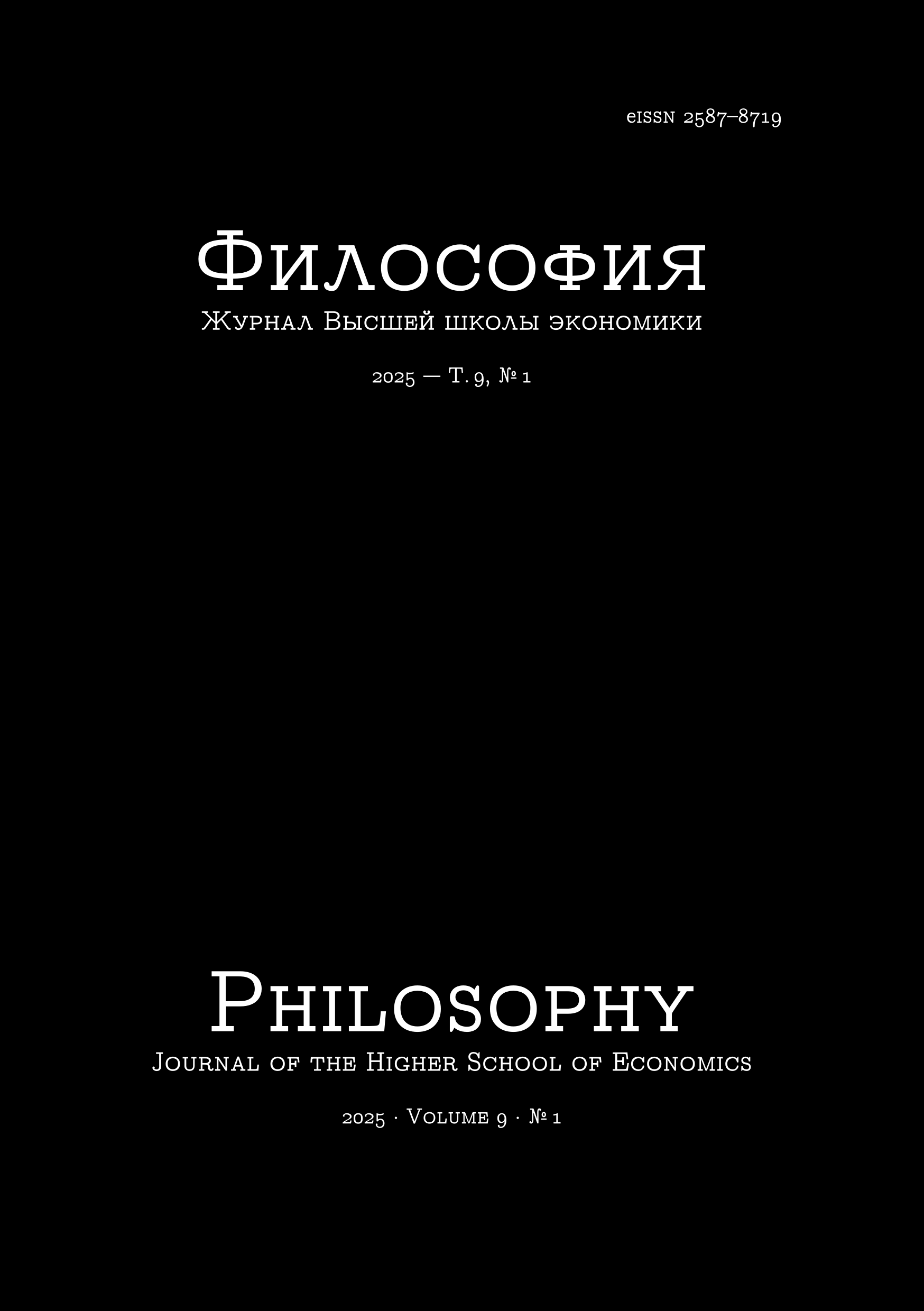The Theological Component of the Early Modern Scientific Revolution (Pre-Newtonian Stage)
Abstract
The author of the article proceeds from the position according to which the most adequate method of describing and analyzing the phenomenon of the so-called Scientific Revolution of the early modern period is a polycontextual approach, in which the analyzed event is presented as a result of the resonance of innovative trends of the epoch and is considered as an important part of the general intellectual revolution of the specified historical period. As an example of one of such trends, the article considers the influence of the theological factor (theological revolution) on the formation of classical science at the first (natural philosophical) stage (XVI–XVII centuries) of the scientific revolution. The article shows that, contrary to the still widespread opinion, the stimuli for the development of natural science and mathematics came not only from the ideologists of Protestantism, but also from the educated Catholic elite, in particular, from the natural philosophers and mathematicians of the Society of Jesus (Jesuits). It is also shown that mathematized astronomical theories purporting to describe reality quite allowed for theological interpretations of nature. In particular, Kepler envisioned the structure of the universe as a reflection of the divine design of Creation, derived from the geometric nature of divine intelligence. Following the Protestant natural philosophical tradition dating back to Melanchthon, he believed that the signs of God, and especially the Trinity, were imprinted on the objects of the universe. The analysis of historical material has shown that the need for religious justifications of natural philosophical assertions did not disappear with the emergence of new discourses. On the contrary, Copernicus, Kepler and Descartes, and later I. Newton, strengthened this need, although it was satisfied in unconventional ways: Copernicus — by referring to the Pope as the arbiter of new mathematized scientific theories, Kepler — by identifying the Divine intelligence with geometry, Descartes — by appealing to the Divine nature as the guarantor of the basic principles of philosophy and the truth of clear and distinct ideas. The analysis of the correlation between the emerging classical science and theological discourse has shown that harmony (even if relative) between the natural philosophical and theological worldviews was achieved not only by changing approaches to the study of nature, but also by adopting a new “model” of God.
Downloads
Copyright (c) 2025 Philosophy Journal of the Higher School of Economics

This work is licensed under a Creative Commons Attribution-NonCommercial 4.0 International License.






